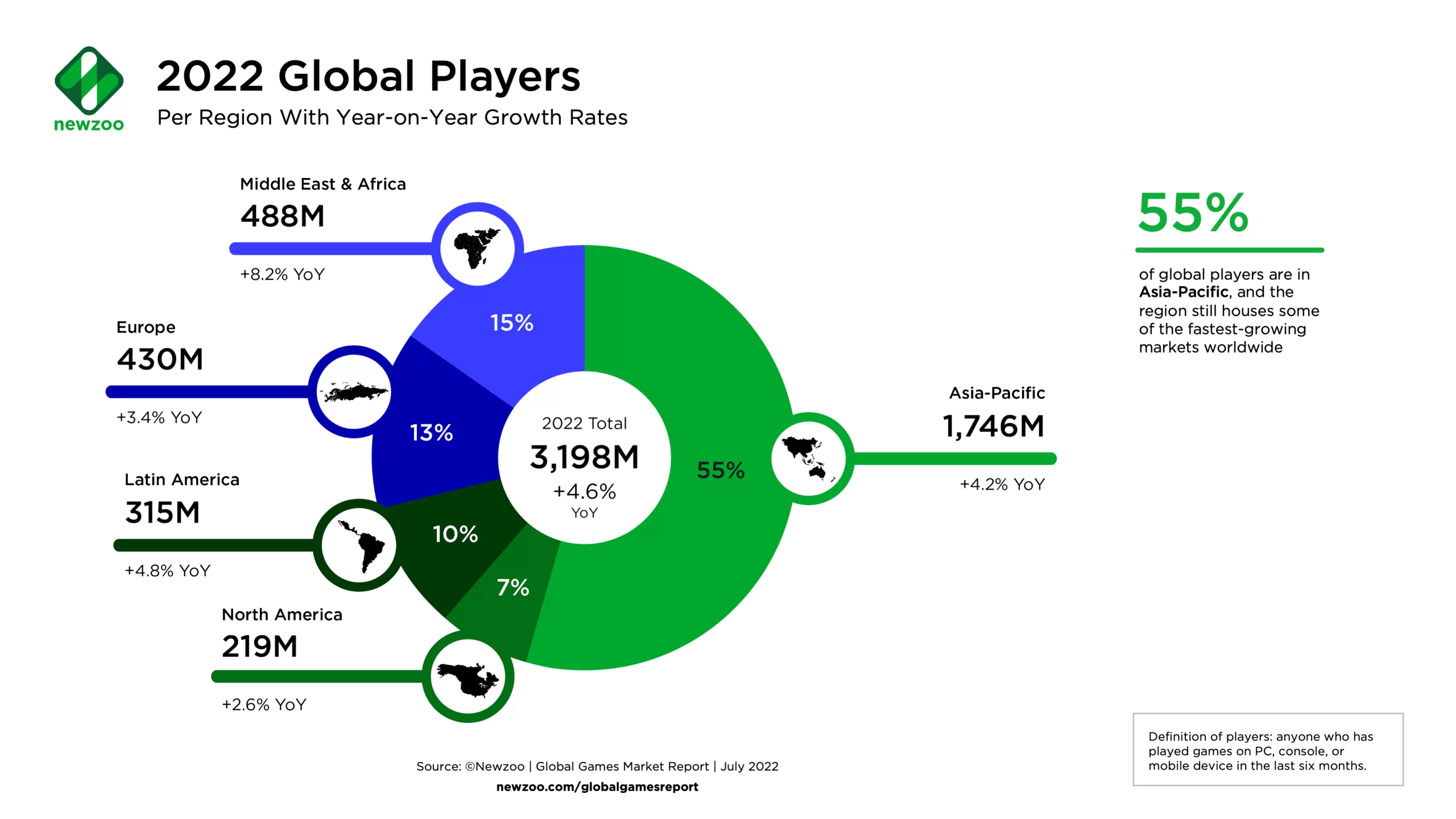When entering new markets, translation, localization, editing, and proofreading are parts of adjusting your game for a new target audience. To check that nothing broke during the localization process, you must include localization quality assurance in your testing process.
However, you should consider various quality tests while translating and localizing your product, not just at the end. After the translators submit their proofread translations, game developers or publishers should always consider doing LQA tests. This will help you identify and correct the issues and increase the overall quality of your product.
What is Localization Quality Assurance (LQA)?
Table of contents
As explained in one of our blog posts, localization is translating and adapting a game to a specific market and audience. It means not just replacing the words from one language into the other but also:
- using cultural references,
- local idioms,
- right currency,
- date and time formatting, and
- adapt the graphic design for users located in a specific area to better connect and engage with them.
When localizing a game, LQA is the last step. It includes localization testing, either by your in-house team or by a third party. The LQA team ensures that the final version of the translated product is properly adapted to the audience. This has two advantages:
- you have a product that suits the needs and likes of your new potential players,
- end-users truly believe that the game was created especially for them and is not just a translated version.
What do linguistic testers do?
Instead of directly adapting the translated texts from the source language, testers report bugs, context issues, or visual issues. This way, your game is created for the target market, free of bugs reported or unlocalized strings. This is crucial in having a great player experience and keeping users engaged and loyal to the game.
A complete and correct process includes both localization and Localization Quality Assurance phases. Simply translating alone doesn’t guarantee the great linguistic quality, no matter how skilled and professional the translators are. While these two steps complement each other, they are always different yet important pieces of the puzzle.
Why is LQA so important for your game?
Let’s consider these stats:

- In 2020, NewZoo valued the global gaming industry at $159.3 billion. COVID-19 gave the gaming industry an increase never seen before.
- The mobile games industry could be worth $173.4 billion by the end of 2026 (Statista), while NewZoo already predict its worth of $196.8 billion by the end of 2022,
- There are 3.2 billion gamers globally (NewZoo),
- With 55%, Asia-Pacific has more than half of the world’s players,
- MENA, Europe, Latin America, and North America follow.
Which are the benefits of localization quality assurance?

First, a deep and organized localization quality assurance strategy benefits the quality of your game. During reviews, your LQA tester fixes simple text issues such as typos or grammar mistakes. However, localization quality assurance testers have literally another view of the localization.
1. Localization Quality Assurance ensures translation quality
This is the main goal of having an LQA process, as it involves more than just reviewing the textual translation. It also means confirming the highest quality contextually. It usually means that your QA team plays your game to find out any bugs or errors in the localized language.
The tester will be looking for in-game text issues such as:
Grammar & Spelling
Even in the same language, some words are spelled differently. In English, “color” is the spelling used in America, while in all other English-speaking countries, “colour” is the correct spelling.
A good LQA tester will find and solve any grammar and spelling mistakes when putting in the context. Therefore, it’s important to have native testers and make sure that it sounds natural to your target audience.
Tone of Voice and Formality
Regarding pronouns based on the level of formality, some languages clearly distinguish between formal and casual situations. German and French use specific formal and informal pronouns when addressing different specific persons.
Cultural References
Making sure that the cultural references are relevant is especially important. This aspect also includes:
- reviewing references to religious customs,
- jokes and jargon,
- historical context, and
- sensitivities (as some countries are sensitive to war or violence allusions, you need to alter or replace them completely)
Another aspect is the game setting. Where and when is the game set? Are there specific formal or casual speeches between the characters? Different languages have different ways of expressing such hierarchical-based conversations.
Context
Frequently, the lack of context causes quite some headaches for translation teams. The variety of languages and their grammar affect verbs, tenses, and whole sentence structures. Inaccurate translations occur without context offered by the game team or proper communication from the localization project manager. During the localization QA process, the video game localization quality is contextually reviewed to ensure high quality for the final product.
Numeric Formats and Dates
Issues in numeric formats and dates (pounds instead of kilos, kilometers instead of miles) can confuse players. Especially in competitive games, numbers and the display of correct event dates are important to your player community. Not giving clear and native formats is a surefire way to push your players away.
2. LQA Ensures Visual Quality
In addition, to guarantee high quality of all in-game texts, Localization Quality Assurance also includes checking all visual elements. This ensures they are correctly adapted to the translated version. If you wonder what characteristics a high quality translation has, check out our latest article.
Usually, this process includes:
- Assuring the number of characters fits properly into a text box or a button. Your LQA tester will confirm that text alignment is correct. If there are bugs, your tester should work with your game developers or the localization project manager. That way you ensure the game’s layout adjusts longer text or if rewording is required.
- Reviewing fonts and styles used
- making sure that the images, icons, and other symbols used in the game are culturally appropriate
At the end of the day, the translated version of your game should give players an immersive experience.
3. Testing functionality
A proper localization quality assurance process would not be complete without testing the functionality of the translated version of your game. Part of it is a test run of the translated version as if a regular player would use it. This usually includes a test plan with all paths and elements the LQA tester needs to play, including:
- tapping links and buttons,
- unlocking features,
- customizing characters,
- playing quests,
- playing different choices, or decisions.
It also means solving all issues between the game and OS. It also means your game can be used in the country or region for which it was translated and localized.
However, functionality testing of the translated version of your game is the last step of the quality localization assurance stage. It should also be the last one in the product development process.
4. Unlocalized Strings
It’s easy to miss one of the strings when you’re localizing a game. Maybe you forgot to update the translation file after changing some aspects of the interface, or maybe you didn’t get all your latest translations from your translator. No matter what caused this issue; if you don’t notice it before releasing your game, it’ll make for an unpleasant experience for your player base. Unlocalized parts can be all over the place, confusing your players. LocQA testers will spot any of those unlocalized strings as bugs, and your translation team will localize them.
For a deep dive into best practices of localization quality assurance, check out our latest article.
Takeaway
Language quality has a significant influence on the end user. That’s why ensuring high-quality localization and delivering the best immersive experience is important. Your best choice is to partner with a game localization agency that helps you with every stage. If you succeed, you reach a larger audience, increase sales, and build your brand reputation. And eventually, pun intended, all of these translate into a better return on investment.






